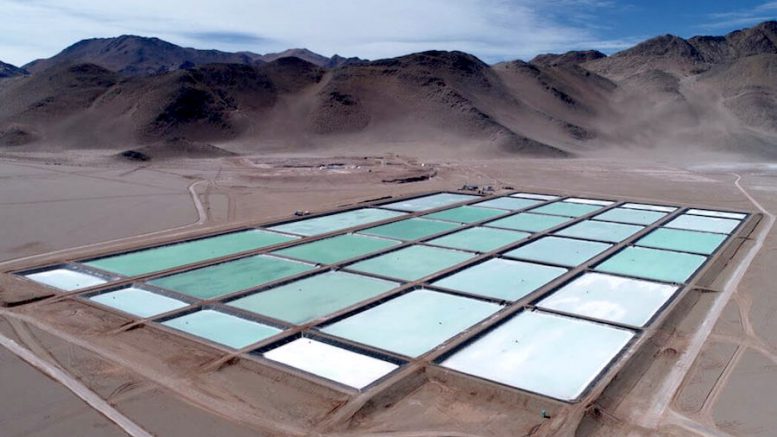Rio Tinto (ASX, LSE, NYSE: RIO) has officially completed its $6.7-billion (C$9.57-billion) acquisition of Arcadium Lithium (ASX: LTM; NYSE: ALTM), which will become Rio Tinto Lithium.
The newly formed unit will take control of Rio’s $2.5-billion Rincon project in Argentina but will not include the mining giant’s Jadar lithium project in Serbia.
The acquisition of Arcadium, announced in October, marks Rio’s largest deal in more than a decade. It positions it among the world’s largest lithium miners, trailing only U.S.-based Albemarle (NYSE: ALB) and Chile’s SQM (NYSE: SQM).
“By combining Rio Tinto’s scale, financial strength, operational and project development experience with Arcadium’s tier one assets, technical and commercial capabilities, we are creating a world-class lithium business,” CEO Jakob Stausholm said.
Rio Tinto Lithium plans to expand its inherited assets’ capacity to over 200,000 tonnes of lithium carbonate equivalent (LCE) annually by 2028. The company is adding lithium mines in Argentina and Australia, as well as processing facilities in the U.S., China, Japan and the UK. Its customer base would include major names, such as Tesla, BMW and General Motors.
The lithium unit intends to leverage complementary technologies to drive volume growth in a rising market, which it expects will translate into higher earnings and cash flow in the coming years.
The creation of Rio Tinto Lithium comes amid persistently low lithium prices, which have forced major producers, including SQM and Sibanye-Stillwater (JSE: SSW; NYSE: SBSW), to scale back operations and cut spending to protect margins.
Long-term play
Rio Tinto has been steadily increasing its footprint in the battery materials market over the past seven years. In 2018, the company reportedly attempted to acquire a $5-billion stake in SQM.
Three years later, it kicked off lithium production from waste rock at a demonstration plant at its borates mine in California.
A key milestone came in 2022 with the acquisition of the Rincon lithium project in Argentina. The asset has reserves of almost two million tonnes of contained LCE, enough for a projected 40-year mine life.
Rio plans to build a battery-grade lithium carbonate plant at Rincon with an initial annual capacity of 3,000 tonnes, investing $2.5 billion in what will become its first commercial-scale lithium operation. First production is expected in 2028, with a three-year ramp-up to full capacity.
Jadar in Serbia
The world’s second largest miner is also trying to revive its $2.4 billion Jadar mine in Serbia. The country revoked Rio’s mining licence in 2022 following widespread protests against the proposed mine on environmental concerns.
The mining giant won a small, but key battle in July 2024, as Serbia reinstated Rio Tinto’s licence to develop it, but the company will have to secure approvals to move towards production. The Serbian parliament is still debating a proposal to ban lithium and borate mining, which, if passed, would effectively block the project.
With an expected production of 58,000 tonnes of refined battery-grade lithium carbonate per year, Jadar would be Europe’s biggest lithium mine. The operation could supply enough lithium to power one million electric vehicles and meet 90% of Europe’s current lithium needs.


Be the first to comment on "Rio Tinto creates lithium unit after completing $6.7B Arcadium deal "